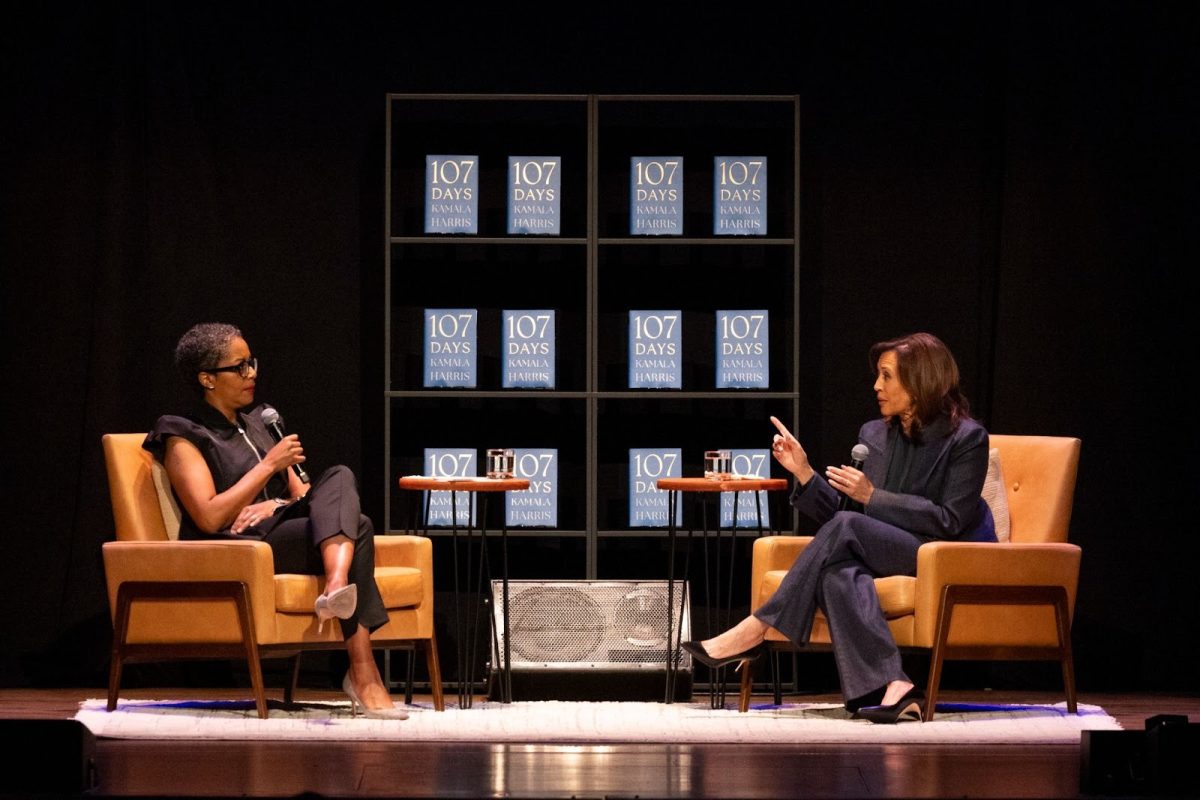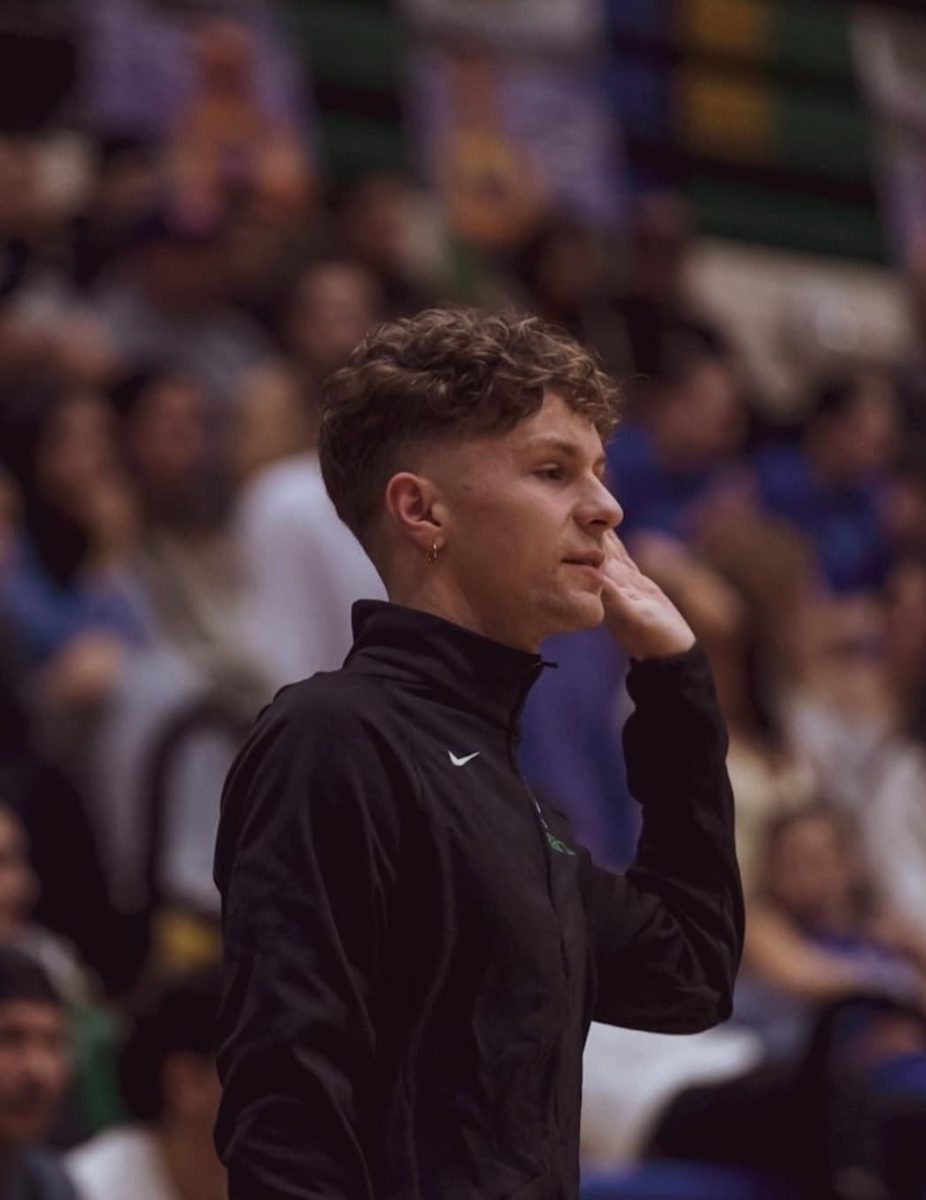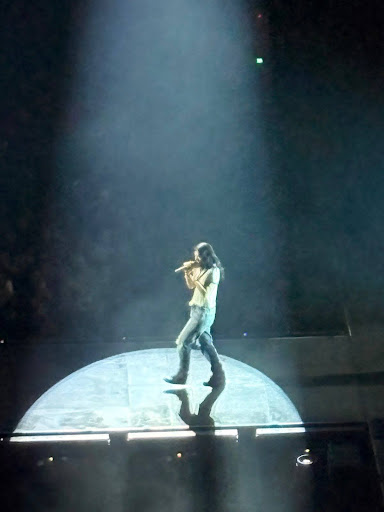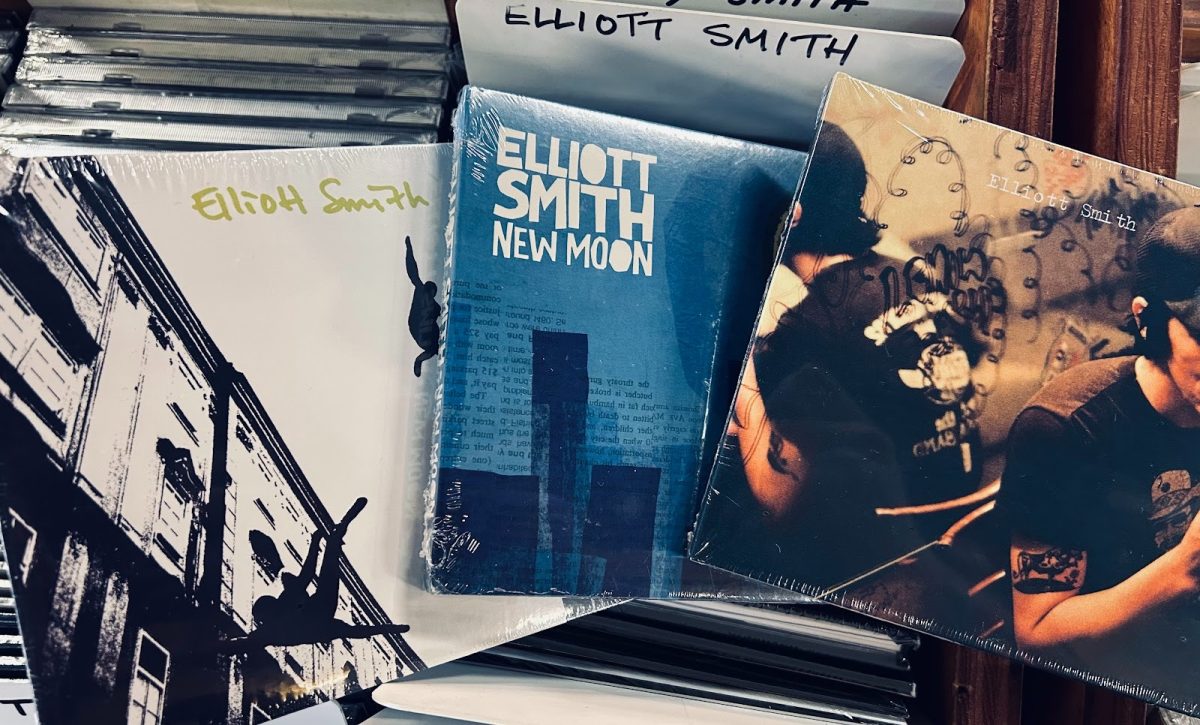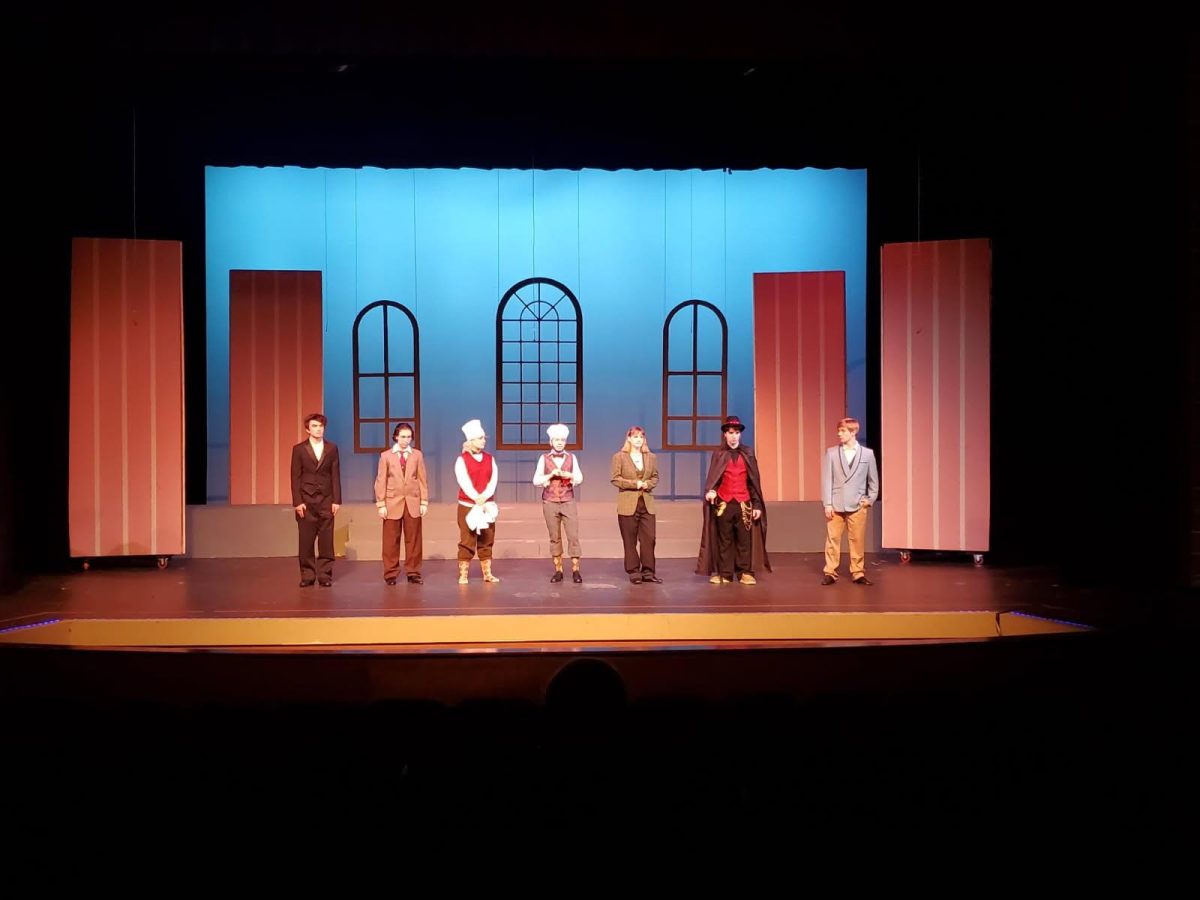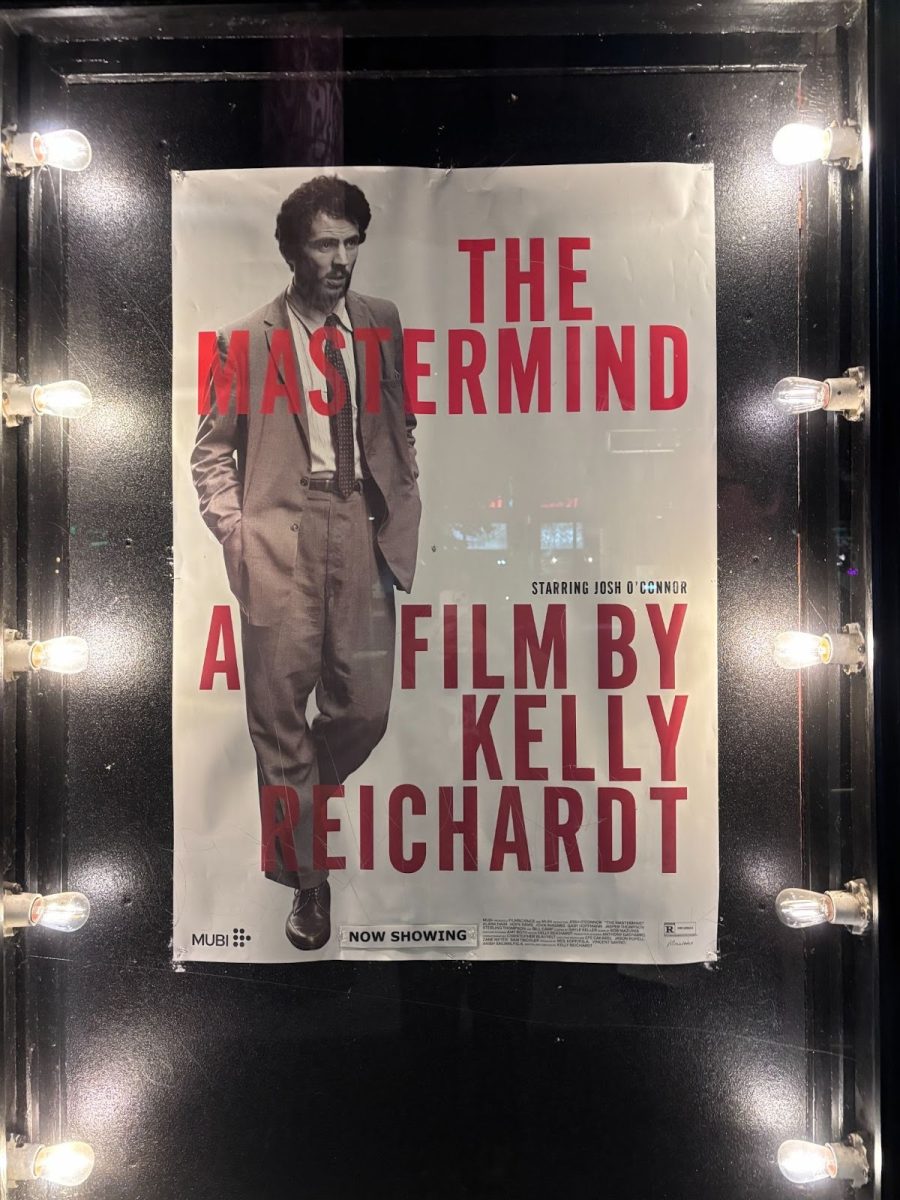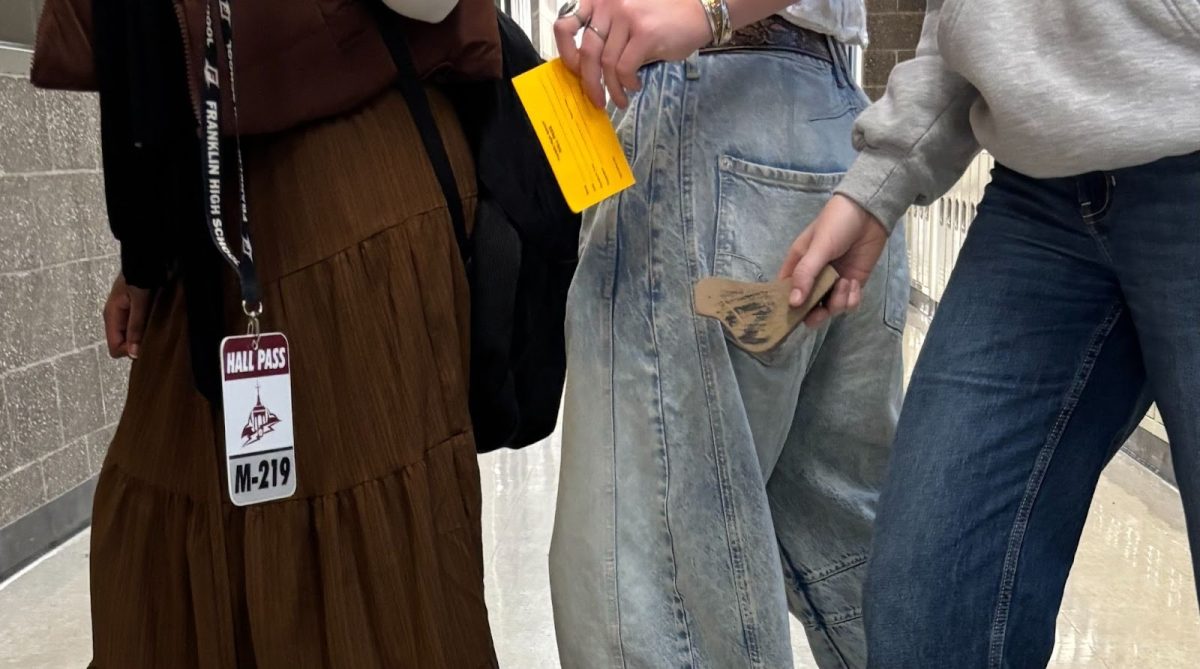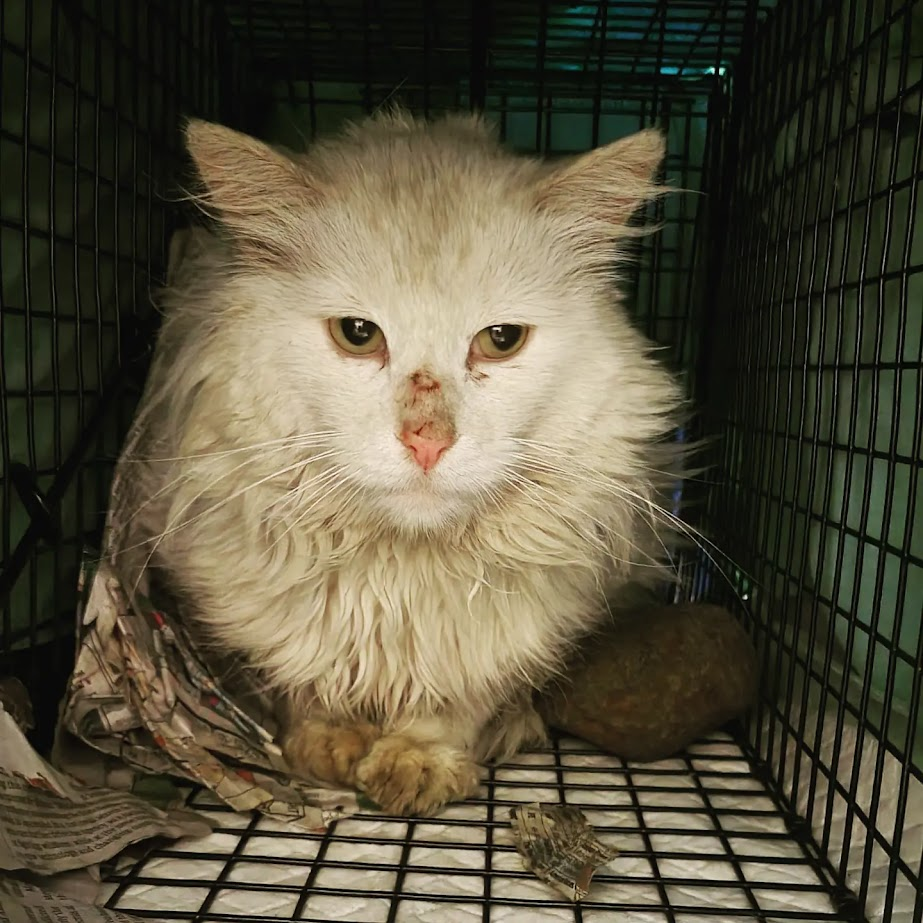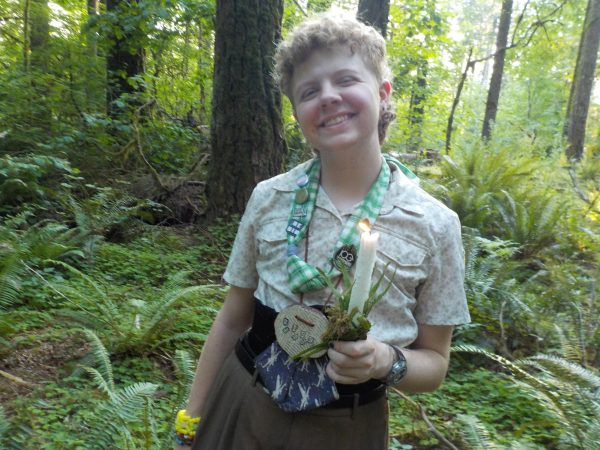
The 2020 release of the prequel book, “The Ballad of Songbirds and Snakes,” sent a shockwave through the “Hunger Games” fandom. The original trilogy, which included “The Hunger Games,” “Catching Fire,” and “Mockingjay” were released back-to-back starting in 2008 and continuing until 2010. The books were overwhelmingly consumed by fans during the early 2010s, and with movie adaptations being released back-to-back until 2015, the franchise’s popularity grew tremendously.
The “Hunger Games” franchise has been popular in the media since its release, with a dedicated fanbase. Fans have been known for their abilities to create fanfiction, art, and edits inspired by the franchise. Fan edits and collages of the “Hunger Games” characters are everywhere, most prominently on TikTok. Owen Phillips, a junior at Franklin, is a huge fan of the franchise. “The ‘Hunger Games’ craze has always been there,” Phillips says, “but with a new movie it inspires people to revisit the old ones and builds back popularity.”
Peeta Mellark (Josh Hutcherson), the male main character from District 12, seemed to be getting the most attention leading up to the release of the prequel movie in late 2023. “Five Nights at Freddy’s,” a new film starring Hutcherson, has brought attention back to the original trilogy, as well as put his career back into the limelight. Hutcherson’s lead role in “Five Nights at Freddy’s” premiered Oct. 27, 2023, just under a month before the premiere of the movie adaptation of the “Hunger Games” prequel, “The Ballad of Songbirds and Snakes,” which was released on Nov. 17, 2023.
With the spotlight back on Hutcherson, many discovered his most popular role in the “Hunger Games” movie adaptations. Specifically, fans favored his role in the second movie, “Catching Fire.” In this film, main characters Katniss Everdeen (Jennifer Lawrence) and Peeta Mellark start to realize they’re falling in love as they go through the harsh experiences of the games and their dystopian society.
There are several other characters that have important and relevant roles in the overarching story. “My favorite character is Johanna Mason,” Phillips says. “The connection between her attitude and the Capitol makes her story way more compelling.” Johanna Mason is technically a side character, although her story becomes more prominent in the overall story by the second movie. In “Catching Fire,” viewers witness Mason’s anger and acts of revenge against the Capitol, which encapsulate the rising feelings of restlessness and rage in the people of their country, Panem.
Having both book and movie adaptations, there were bound to be differences between these pieces of media. Generally, the characters were all described slightly differently. In the books, Katniss is described as having olive-toned skin and gray eyes. Obviously Jennifer Lawrence, who has blonde hair and blue eyes, doesn’t have either of those things.
Physical differences aren’t the only ones that shine through. The books tended to show more of the details about the Reaping Day — the day where one boy and one girl, known as tributes, are chosen. Naturally, this is unavoidable, as books have more time and space for world-building.
While some smaller details from the book are missing, such as the lack of berries in Katniss’ pre-Reaping picnic, there are large differences as well. In the book, Katniss receives her iconic mockingjay pin from her school friend Madge Undersee, the mayor’s daughter. In the movie, she gets the pin as a gift from an older woman who works in District 12’s black market, the Hob.
Madge’s character is vital to the story because she adds depth to Katniss’ understanding of the Capitol people. Being the mayor’s daughter, Madge holds some status, but she’s just as human as Katniss. The pin is real gold in the book, enough to keep her family well-off for a long time. And yet, Madge gives it away. The pin belonged to Madge’s aunt, who participated in a past game. By giving the pin away, Madge unintentionally sets the symbol of the rebellion. Her nonexistence in the films takes away the depth this history adds to the mockingjay as a symbol, and removes some of Katniss’ character development.
Dystopian literature has been shaped by this iconic franchise in many aspects. As the books age, more and more aspiring young authors base their writing style and story building on Collins’. The “Hunger Games” broke ground on challenging governmental systems in society within a now mainstream story. Having these rich themes of governmental oppression on such a huge scale was revolutionary. “I think it gives a voice to oppressed people and a call to action for change,” says KB, a Dystopian English teacher at Franklin. “It shines a light on what power represents, and how it creates division between marginalized communities.”
Fans found characteristics in common with Katniss, Peeta, and other characters in the story. “The story feels real because in a way it is. Everything has a purpose, there’s no filter,” says Phillips. The ability to relate to a story is crucial in its relevance to the public.
Katniss is an amazing example of a strong, female main character. Collins made the characters realistic, which is shown in the level of detail in the books. “She’s in the struggle, while struggling. She’s in the fight while fighting, which makes her an underestimated opponent because the thought is ‘she will give up eventually because she doesn’t have what I have,’” says KB. These attributes are great to have in a dystopian character and society; they have to be strong-willed and have that rage to fight their oppressor.
The characters in the “Hunger Games” who are shown to believe that Katniss will give up eventually are Coriolanus Snow, the president of Panem, as well as a handful of others, including the Career tributes in the first book. The Careers are the tributes from districts one, two, and four, which are the Capitol’s favorite. They’re often wealthier and usually more likely to win because of their access to food and training for the games at a young age.
One of the most tragic parts of the “Hunger Games” is how blind the Career tributes are to the reality of their situation. They seem almost blissfully unaware that they’re tributes and that their status doesn’t elevate them from the reality of the games. The Career tributes fight because they’ve been trained to believe that these games are their role in the world, that creating a show for the Capitol is their purpose.
In “The Ballad of Songbirds and Snakes,” Snow begins the push for the Hunger Games to become a spectacle — a reality television show, rather than the grim reality that all of Panem’s citizens had seen them as previously. This change to the Games pushes the idea that, for the members of the districts, life is about falling into line, that they’re always at the mercy of the Capitol.
All but three districts seem to despise the games, seeing them for what they truly are. But because of the propaganda that is forced into their districts, the Careers view the games as the Capitol does: a show of power and strength. The games are something to be proud of, rather than something to be feared. Whereas the other districts fear the games, the Careers are excited for the glory, even though they’re also children.
The “Hunger Games” franchise has a lot of incredible themes, touching on class inequality, corruption in government, and how both of those can be glaringly obvious to some while completely invisible to others. Ultimately, the “Hunger Games” series is a story of hope — that no matter how things may seem, there’s never an impossibility of things getting better. The resurgence of popularity for these stories shows that these themes will always be relevant and that there is hope for change.



